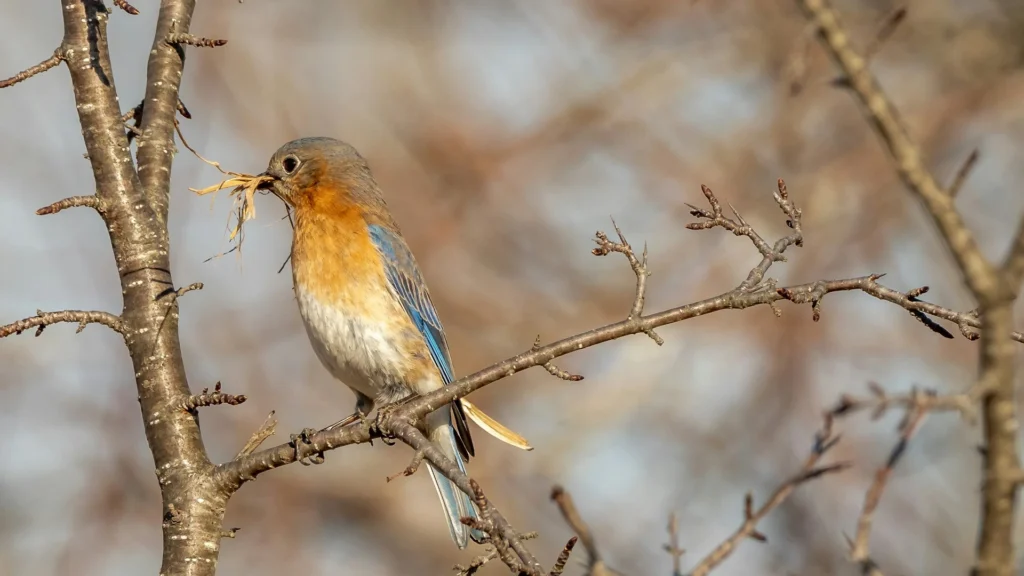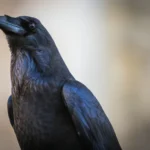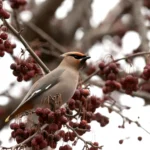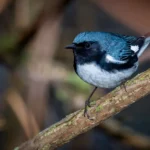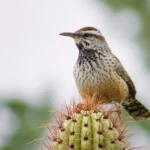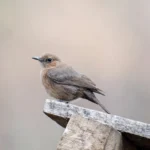Pennsylvania is home to an incredible array of bird species, each adding vibrant colors and melodies to the state’s diverse ecosystems. Among these, blue birds stand out for their striking hues and captivating charm. From meadows to woodlands and suburban backyards, these feathered beauties brighten the landscapes and inspire birdwatchers across the Keystone State. This guide delves into the types of blue birds you can spot in Pennsylvania, offering insights into their unique characteristics, habitats, and behaviors.
Table of Contents
12 Types of Blue Birds in Pennsylvania
1. Eastern Bluebird
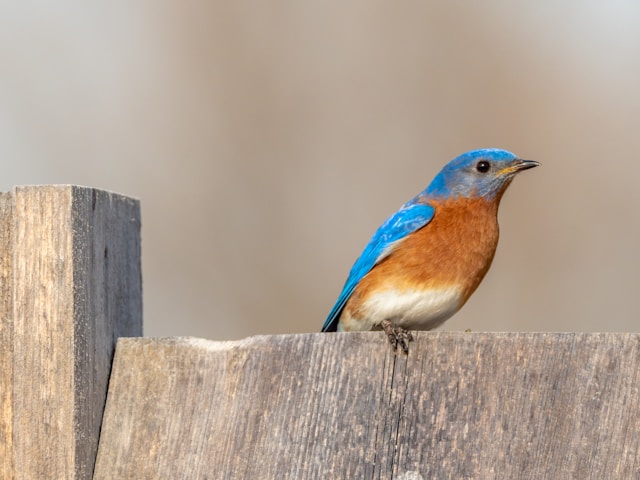
The Eastern Bluebird symbolizes happiness and is a common sight in Pennsylvania. These small thrushes have vibrant blue plumage on their backs and reddish-orange chests, making them unmistakable.
They inhabit open fields, orchards, and woodland edges, often perching on fences or wires.
Their diet consists of insects, fruits, and berries. Known for their melodious songs, Eastern Bluebirds are cavity nesters and thrive in areas with nesting boxes. Conservation efforts have greatly boosted their population, ensuring their continued presence in the state.

2. Mountain Bluebird
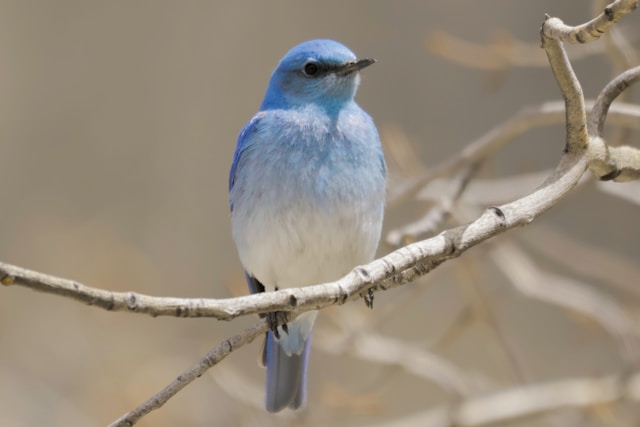
Though less common in Pennsylvania, the Mountain Bluebird is a stunning bird with bright sky-blue feathers and a graceful appearance. Preferring open grasslands and mountainous regions, they occasionally wander into Pennsylvania during migration. These birds are insectivores, often seen hovering above fields to spot prey.
Their nests are built in cavities, and they may use nest boxes if natural options are scarce. Mountain Bluebirds are a joy to observe, adding a splash of vivid blue to the landscape.
3. Blue Jay
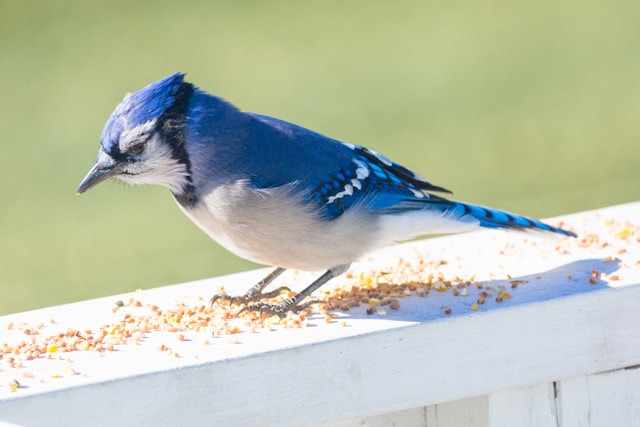
The Blue Jay is a year-round resident in Pennsylvania and is easily recognized by its striking blue and white plumage with black accents.
Known for their intelligence and noisy calls, Blue Jays are frequent visitors to backyard feeders. They are omnivores, eating everything from seeds and nuts to insects and small vertebrates.
Blue Jays play a vital role in forest regeneration by dispersing acorns. Social and bold, they often mimic the calls of other birds and are highly territorial.
4. Indigo Bunting
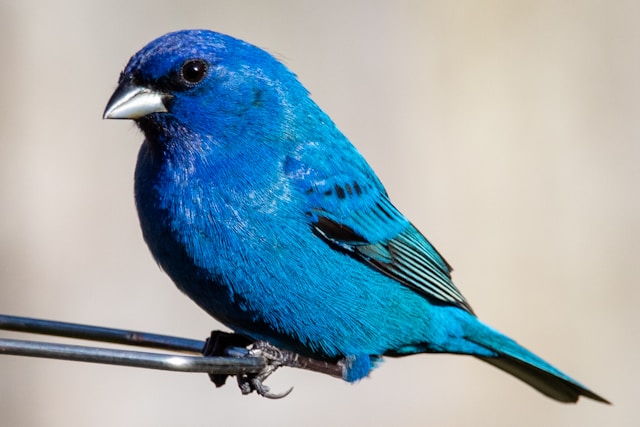
The Indigo Bunting is a small songbird renowned for its vibrant, all-blue feathers that shimmer in sunlight.
Found in brushy areas, forest edges, and fields, these birds are summer visitors to Pennsylvania.
Indigo Buntings feed on seeds, berries, and insects. Their sweet, high-pitched songs are a treat for birdwatchers. Males sing persistently during the breeding season to defend their territory and attract mates.
These birds migrate to Central and South America during winter, making their presence in Pennsylvania a seasonal delight.
5. Cerulean Warbler
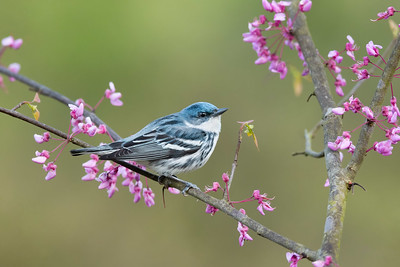
The Cerulean Warbler is a diminutive, tree-dwelling bird with a striking blue-and-white color pattern. Preferring mature deciduous forests, they are often found high in the tree canopy.
These warblers are insectivores, foraging for caterpillars, flies, and other small insects.
Known for their fast, buzzing songs, Cerulean Warblers are a challenge to spot due to their treetop habitat. Unfortunately, their populations are declining due to habitat loss, making conservation efforts crucial for their survival.
6. Blue Grosbeak
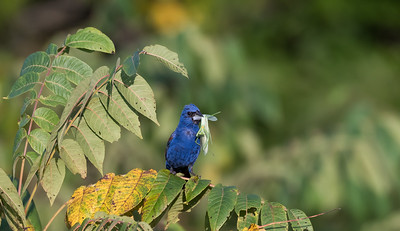
The Blue Grosbeak is a rare but beautiful bird in Pennsylvania, sporting deep blue plumage with chestnut wing bars.
They inhabit shrubby fields, forest edges, and riparian areas. Blue Grosbeaks are seed and insect eaters, often seen foraging on the ground or perching on shrubs.
Their melodious, warbling song is a highlight for bird enthusiasts. These birds breed in Pennsylvania during the summer months and migrate to Central America for the winter.
7. Tree Swallow
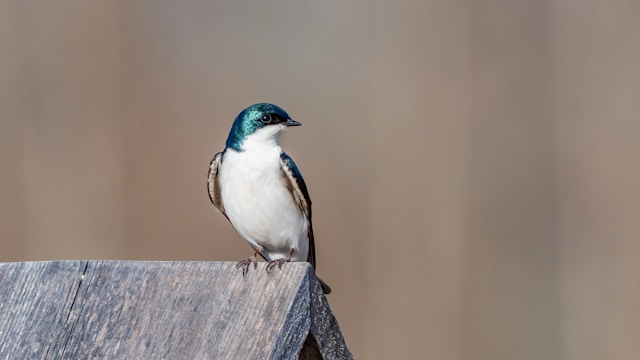
The Tree Swallow is a sleek bird with iridescent blue-green backs and white underparts.
Found near water bodies, open fields, and wetlands, they are adept aerial foragers, catching insects mid-flight.
Tree Swallows nest in cavities and readily use nesting boxes. Their graceful flight patterns and social behavior make them a favorite among birdwatchers. During migration, they form large flocks, creating mesmerizing aerial displays.
8. Northern Parula
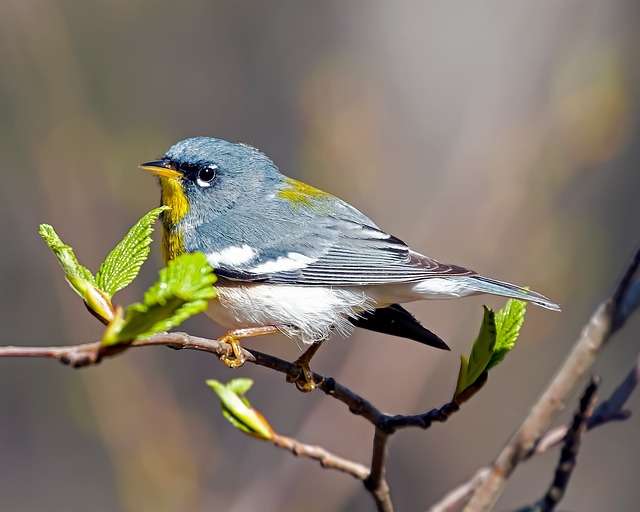
The Northern Parula is a small warbler with a bluish-gray back, yellow chest, and white wing bars. These birds inhabit mature forests with abundant moss and lichen, where they build unique hanging nests.
Northern Parulas are insectivores, feeding on spiders and small insects. Their high-pitched, buzzy songs can be heard during the breeding season.
Migrating through Pennsylvania, they are most commonly observed in spring and fall, delighting bird enthusiasts with their colorful presence.
9. Barn Swallow
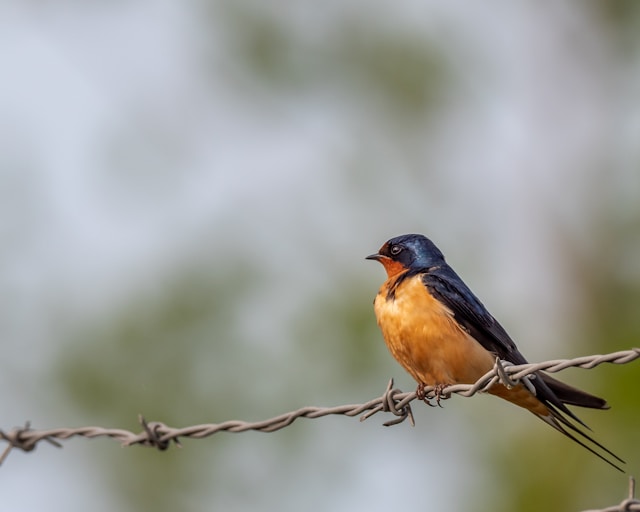
The Barn Swallow is a graceful bird with cobalt-blue upperparts, a reddish throat, and a deeply forked tail.
These birds are common in Pennsylvania, often nesting in barns, under bridges, or on other man-made structures.
They are aerial insectivores, catching prey on the wing with impressive agility. Barn Swallows are highly social and often seen in flocks.
Their cheerful chirps and swooping flight patterns make them a beloved sight in rural and suburban areas.
10. Violet-green Swallow
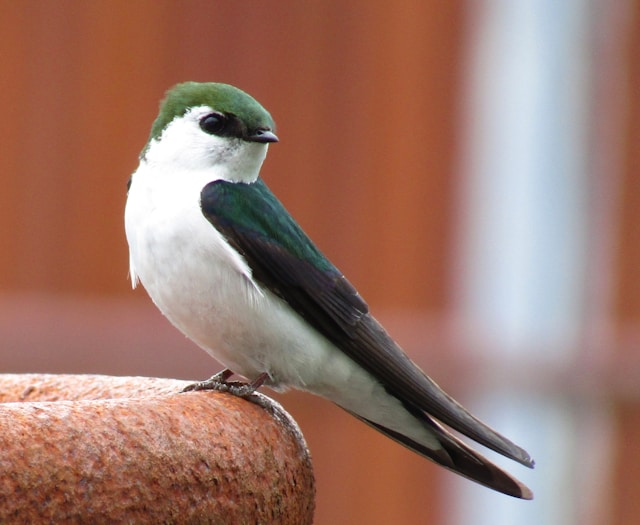
The Violet-green Swallow is an occasional visitor to Pennsylvania, distinguished by its glossy green back and violet tail.
These birds prefer open areas near water and cliffs. They are aerial foragers, feeding on flying insects.
Violet-green Swallows nest in cavities, including those in trees or cliffs, and occasionally use nest boxes. Their swift, acrobatic flight and vivid coloring make them a spectacular sight during migration.
11. Pygmy Nuthatch
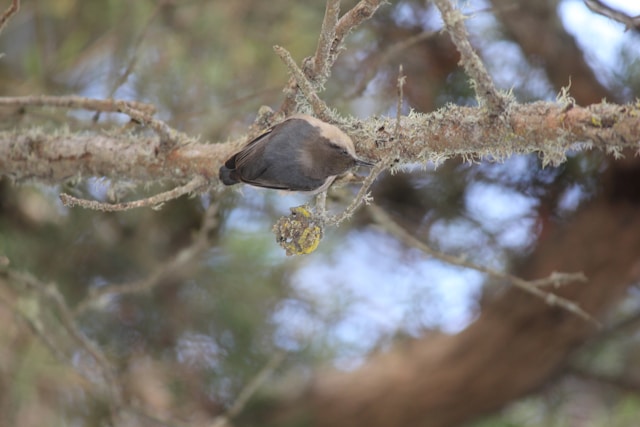
The Pygmy Nuthatch is a small, social bird with a bluish-gray back and a buff-colored underbelly.
Found in coniferous forests, they occasionally stray into Pennsylvania.
These birds are agile climbers, often seen moving headfirst down tree trunks in search of insects and seeds.
Pygmy Nuthatches nest in tree cavities and form close-knit family groups. Their high-pitched, twittering calls and playful behavior endear them to bird enthusiasts.
12. Lazuli Bunting
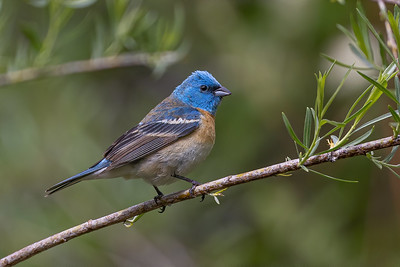
The Lazuli Bunting is a rare but vibrant visitor to Pennsylvania. Males display a brilliant blue head and back with an orange chest and white belly.
They inhabit shrubby areas and forest edges, feeding on seeds, berries, and insects. Lazuli Buntings are known for their cheerful, melodious songs.
During migration, they bring a burst of color and music to the landscape, captivating birdwatchers lucky enough to spot them.
Tips for Spotting Blue Birds in Pennsylvania
- Choose the Right Habitat: Different species prefer various environments, from open fields to dense forests.
- Use Binoculars: These make it easier to observe details like plumage and behavior.
- Time Your Visits: Many bluebirds are migratory, so spring and summer are ideal seasons for spotting them.
- Learn Their Songs: Recognizing bird calls can help you locate species that may be hidden in foliage.
Pennsylvania’s diverse habitats make it an excellent destination for birdwatching. Whether you’re a seasoned birder or a curious beginner, keep an eye out for these dazzling bluebirds during your next outdoor adventure!
Conclusion
Blue birds bring unparalleled beauty and ecological value to Pennsylvania. Each species, from the common Blue Jay to the rare Lazuli Bunting, offers a unique glimpse into the state’s vibrant avian diversity. Birdwatchers and nature enthusiasts can enjoy these magnificent creatures by visiting the right habitats and using simple tools like binoculars and field guides. Pennsylvania’s varied landscapes provide an excellent backdrop for observing and appreciating these colorful birds. By understanding their habitats and behaviors, you contribute to preserving these species for future generations

Welcome to World Birds Life, where the wonder of birds takes center stage. My name is Lexi, and I’m passionate about helping you discover the beauty and joy that birds bring into our lives.

